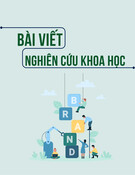
!" !"
!" "# $ !$%$&%$! $&'(%!) *
+,!-.!/0*12*#
3(41
451
!" !"
!""#$ !$%$&%!*!$ &'(%!)*
/,0 2-+, !-.!/06*#
7. !/ $& !$&' % 1, -.!/ 0 8 + "
9#:
; -.!/ <.12' !)1
;$&% $ < . % 5 5 5 5 -5 5
5=
3(
7
;$ < . 2 2>$ 2
3(?3
7 3
@$%&'()* ;AB;7CD A12'!)
3(73
+
, " " ! "
- !" !"
E;-1-
;-
F ; EG
H;-11
7;-
I;1--
7
J;
K 7 L ( A 1
M;-1N
EG 7 - - - A
O
(-
-
(
1
;N
<
E
F
H
I
J
K
M
EG

I
,. / .0" !"
"#
E;-P-
;QA---
R
FS-NA
H;1T14T1
;UV4AT7T
I;-;
J ; ( ;
-1
K;-A1;L
M;11Q41
EG7WN-A-
1
-
1
EX-Y
F
H
I
J
K
M
EG
!"
12
3(XBY11
LS
XWY;1XY1
LF5S
B33344
W3.35,36.07344
8"
O!"$ , !. )!.% %%$&%
Z% !) XT, $ Y L XC. $ Y S X;% $ Y [ , !.
$ 2, !.
3(XBY11
LES
C-S2 - "(+ -S!>.0
3(XWY;1XY1
S
; 2-!.$ .X &'&% [,!.$ 2
,!.Y " !.$ 0 LF5
3(XWY;1XY1
LF5
5
; $& &'% 2$ &% $ 9,(%!)
!/!,,$ > % $ 1" !"
(-
(
-
1
1

J
3(BA4-
W;---
BA(1
WB(1
;2)!.#2!$% X' $
\&+Y $&% -X'$ \& Y
3(XWY;1XY1
.0-
;2)!.%",-
-=
3(XWYBX-Y
+
!. - ! -!
!
E]--^^^^^^^^^^^^^^^^XY
? 4^^^^^^^^^^^^^^ XY
4^^^^^^^^^^^^^^X-Y-
FO-^^^^^^^^^^^^^^XY-1;
^^^^^^^^^^^^^XYW
H 4 N - 4N -
4^^^^^^^^^^^^^^XY
- - -
^^^^^^^^^^^^^^^XY(
IB(1_
4N4^^^^^^^^^^^^^^^XY
JB?^^^^^^^^^^^^1^^^^^^^^^^^^^^^XY_
;
KB^^^^^^^^^^^^^^^^^^^^^^^XY_
4N4N44N-
^^^^^^^^^^^^^^XY-
MB_
?^^^^^^^^^^^^^^^^XY_
BB^^^^^^^^^^^^^XY(-
^^^^^^^^^^^^^^^^^^^^^^^^^XQY_
BPA^^^^^^^^^^^^^^^X1YTA
EG ; 3 ;^^^^^^^^^^^^^ XY W R
4^^^^^^^^^^^^^ XY -
4^^^^^^^^^^^^^^^ XY B( 3 XEKFEMFY
4^^^^^^^^^^^^^^^XYEKKMW(
- ^^^^^^^^^^^^^^^ XY - - -1 W
;^^^^^^^^^^^^^^X`Y
(
E
5
-
F 5
H
I -
J=
KA_5
M 5
5
=Q5
1
EG 5
5
5
5
5
`

K
!:*6: ! 7
4
1
;1?--
1
3(1=_
; 8 7
;N
EV
-X-Y
FV<
AW
Ba--S-
-114N-
(
O-4-1];N
-1Q
T?N-FG--1
O-NNB1N
-(O-N
-B
NGG-
;
E^^^^^^^^^^^^^^^^^^^^^^^^^F^^^^^^^^^^^^^^
;5-
Q 3-
B - 1 1
-N
-
==========================
==========================
==========================
==========================
==========================
==========================
==========================
==========================
==========================
==========================
;<1-
1
-
1
1-
1
E
T
FB
1
1
-

M
!!*6! 7
(
-1--
; 1 ? -
-
; 8 V (
-BT
?XEY======;
XY=====-;--1
XFY===== -N4
1 (- XHY======
- - XY======
(-1
EB T
B T
FB T Z
HB - T
B T
;5V(<
B-1-
- <1 ;1 EMF
;<1 -
;11--;
1B-
1<14-
<- -
T< -
4
<1
E?<1_
A-1_
F?<1_
H?-<-_
1
-1
<
1
E
FB
H
T
-
9
! "

![Đề cương học phần Ứng dụng công nghệ thông tin trong giảng dạy ngoại ngữ (Application of Information Technology in Language Teaching) [Mới nhất]](https://cdn.tailieu.vn/images/document/thumbnail/2025/20250212/tuetuebinhan666/135x160/881739332468.jpg)
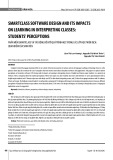

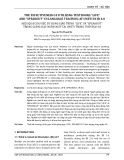
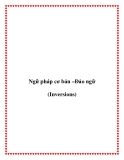
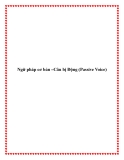
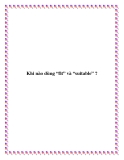
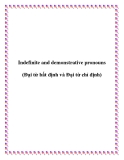
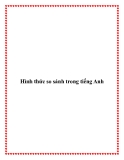
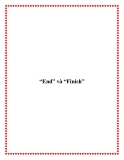

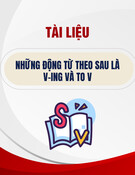
![Tài liệu ôn tập Ngữ pháp tiếng Anh [chuẩn/mới nhất/tổng hợp]](https://cdn.tailieu.vn/images/document/thumbnail/2025/20250821/vuongdinhlinh1412@gmail.com/135x160/933_tai-lieu-on-tap-ngu-phap-tieng-anh.jpg)
